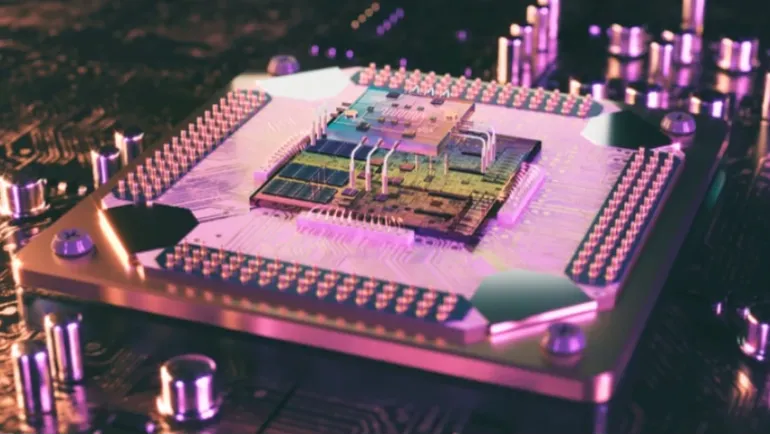
In a bold move to redefine high-performance computing (HPC) and scientific research, the U.S. Department of Energy (DoE) has announced a groundbreaking collaboration with Dell Technologies and NVIDIA. Together, they will build the next-generation supercomputer for the National Energy Research Scientific Computing Center (NERSC), which is located at Lawrence Berkeley National Laboratory. This next-gen system is poised to deliver unprecedented levels of computing power, AI acceleration, and energy efficiency for cutting-edge scientific research across the United States.
The new NERSC supercomputer—currently under the codename “NERSC-10”—will be designed to support a wide range of scientific applications, including climate modeling, energy storage research, astrophysics, material science, and quantum simulations. With today’s scientific challenges growing in complexity, this system will play a critical role in driving innovation and solving some of the most pressing global issues.
One of the highlights of this new system is the use of NVIDIA’s Grace Hopper Superchips, which integrate high-performance Arm-based CPU cores with cutting-edge GPU architecture. These chips are optimized for AI workloads, simulation, and data-intensive tasks, offering a significant performance increase over conventional CPUs or GPUs alone. Combined with NVIDIA’s NVLink-C2C technology and next-gen memory bandwidth, the supercomputer will deliver world-class performance with impressive energy efficiency.
The backbone of the infrastructure will be Dell PowerEdge XE servers, engineered specifically for scalable high-performance computing. These servers are known for their ability to manage massive workloads while maintaining thermal efficiency. Dell will customize the system for the extreme demands of scientific computing and integrate it into a sustainable cooling environment.
Energy efficiency is a top priority for the new NERSC supercomputer. Thanks to NVIDIA's and Dell’s commitment to sustainability, this system will include innovative power management features, liquid cooling technologies, and energy-efficient architecture. As supercomputers continue to consume large amounts of energy, optimizing power consumption is critical for long-term sustainability.
The collaboration aligns with the DOE's mission to maintain the United States’ leadership in scientific research and innovation. NERSC has historically been a pivotal resource for over 9,000 scientists from national labs, universities, and industries. This next-gen machine will ensure that researchers have access to state-of-the-art tools that empower breakthroughs in energy, environment, health, and security.
The convergence of AI and HPC is one of the most exciting developments in modern computing. The NERSC-10 system will feature support for AI-enhanced simulations and machine learning algorithms, helping scientists derive insights faster than ever before. By leveraging the full capabilities of NVIDIA’s Hopper architecture, the system will excel in hybrid workloads, making it ideal for next-gen scientific discovery.
While a specific launch date has not been publicly disclosed, initial deployment is expected to begin in 2026, with full-scale scientific operations projected shortly afterward. Early prototypes will be tested with key scientific workloads to ensure stability and performance. Once online, this system will become one of the most powerful publicly available research computers in the world.
With this collaboration, the U.S. Department of Energy, Dell Technologies, and NVIDIA are paving the way for a new era in computational science. The next-generation NERSC supercomputer will not only enhance national research capabilities but also support global scientific collaboration.
From climate predictions and biomedical research to advanced material science and quantum experiments, this system promises to unlock answers to questions once considered beyond reach. It stands as a symbol of innovation, sustainability, and the transformative power of public-private partnerships in science and technology.
The DoE’s partnership with Dell and NVIDIA represents more than just a hardware upgrade; it's a strategic investment in the future of science. With cutting-edge technologies such as NVIDIA Grace Hopper chips and Dell’s scalable infrastructure, the new NERSC supercomputer will redefine what's possible in computational research. As it comes online, it will not only bolster U.S. scientific leadership but also contribute to solving real-world challenges through powerful data-driven insights.












Comments
There are no comments for this Article.